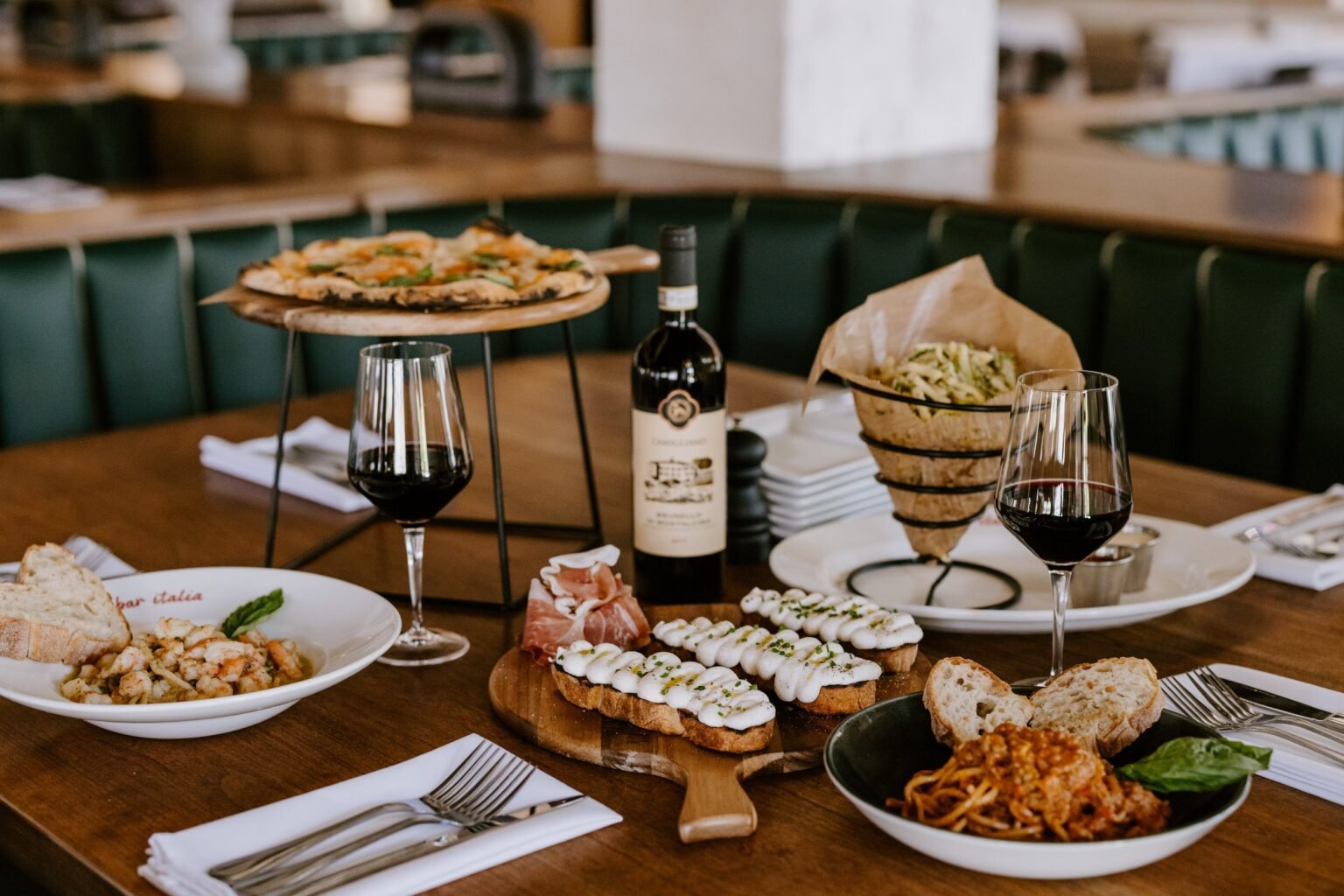Discover Italy’s Best Food in National Parks and Wild Landscapes
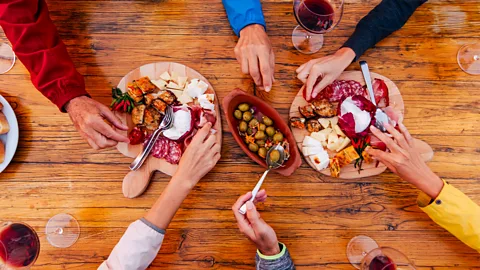
Italy is synonymous with great food, iconic cities, and sun-drenched coasts, but few realize that its national parks are home to some of the country’s finest culinary experiences. With 26 national parks stretching from the Alps in the north to the rugged southern coastline, Italy’s wilderness is not only a haven for nature lovers but also a paradise for food enthusiasts. These protected landscapes house farms, vineyards, orchards, and ancient villages that have preserved traditional food practices for centuries.
Calabria’s National Parks: A Journey into Italy’s Best Food and Tradition
When traveling to Calabria, located at the southern tip of Italy, many Italians prefer the train over the lengthy drive along the lorry-laden motorways. However, some journeys are worth the detour. For many Italians, visiting a national park also means returning with the region’s signature foods. During a recent trip by car, a stop at a national park wasn’t just for sightseeing—it was a culinary pilgrimage.
The Overlooked Foodie Frontier
While global tourists focus on Italy’s art cities and iconic coastal destinations, the parchi nazionali remain relatively undiscovered culinary gems. These protected lands are home to some of the best local food in the country. Nestled in these wild landscapes are heritage farms, small-scale vineyards, orchards, and centuries-old villages where food is more than a meal—it is a cultural identity.
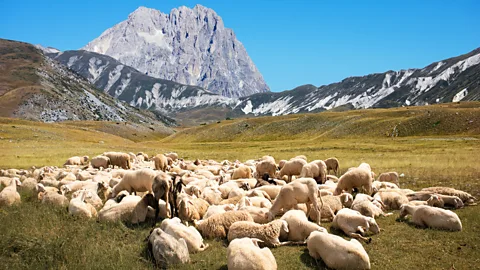
Italy’s national parks showcase a perfect balance of biodiversity and gastronomic heritage. As you hike through these territories, you might encounter herds of sheep or pigs, followed by open-air markets, local producers, and restaurants that offer dishes made from park-sourced ingredients.
National Parks: The Heartbeat of Italian Slow Food
Unlike the U.S. where protected land typically excludes agriculture, Italy’s parks often encompass agricultural communities. These parks were created around existing villages and farms, maintaining the essential human-nature connection. According to Paolo Iannicca, a guide at Parco Nazionale d’Abruzzo, Lazio e Molise, “In Italy, people and nature go hand in hand. They aren’t two separate things.”
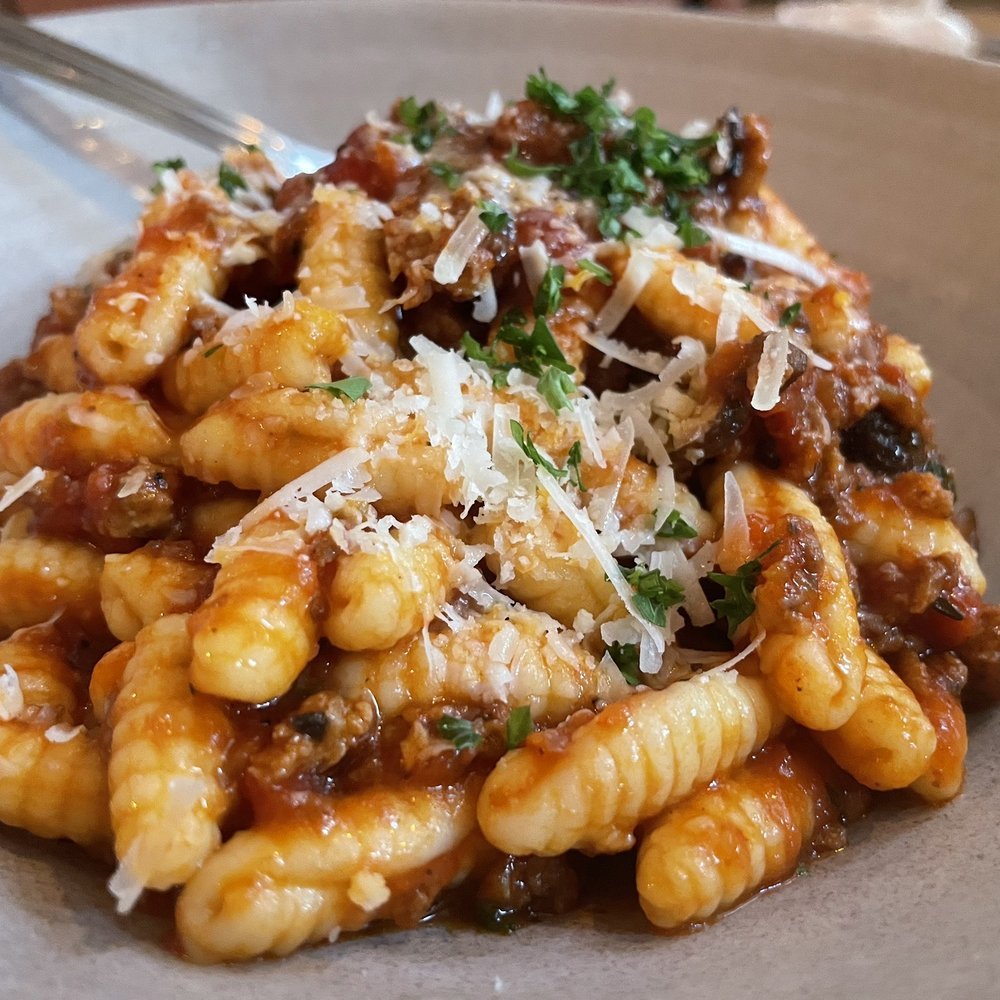
This synergy has produced a wide array of traditional food products, cultivated and perfected over centuries. From artisanal cheeses to rare legumes and ancient grains, these ingredients form the basis of regional cuisines that change from one valley to the next.
Food Is a Way of Life
Chef Maria Nasso, a regular collaborator with Parco Nazionale del Circeo, emphasizes the cultural importance of food: “Italians structure their days around food. When visiting a national park, food is never an afterthought—it’s central to the experience.”
Italian cuisine may be globally recognized for pizza and pasta, but within Italy, regional ingredients carry immense cultural weight. Each village has its own specialties, and locals celebrate everything from wild honey in the Dolomites to ancient grains in Apulia as treasured family heirlooms.
Chilometro Zero: A Taste That Stays Close to Home
Italy’s national parks are a testament to chilometro zero (zero-kilometre) food practices, where ingredients are sourced locally and consumed fresh. “Typical local products are non-negotiable,” says Iannicca, who operates La Bottega di Gaia. “Italians want authentic food, and that’s exactly what these parks provide.”
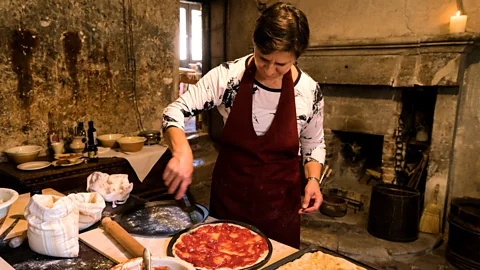
Teresa Maradei, founder of Terrægusto farm in Calabria’s Parco Nazionale del Pollino, adds, “Food is part of our emotional geography. Tasting the land’s offerings is living the landscape. It’s immersive ecotourism.”
The Slow Food Movement and Park-to-Plate Dining
Though often overshadowed by famous art cities, Italy’s national parks are gaining recognition thanks to the Slow Food movement. Established in the 1980s, the movement promotes organic farming and sustainable eating, both of which align closely with national park food culture.
Travellers increasingly seek immersive food experiences—visiting vineyards, meeting cheese makers, and understanding how ingredients are grown and processed. National park websites now often list local specialties, producers, and suggested food itineraries, helping visitors plan authentic culinary trips.
Parco Nazionale del Pollino: Italy’s Largest and Tastiest Wilderness
Covering 193,000 hectares, the Pollino National Park spans Calabria and Basilicata and is the largest protected area in Italy. It features dramatic peaks, ancient Bosnian pine forests, and is home to Italy’s Arbëreshë community, descendants of Albanian refugees.
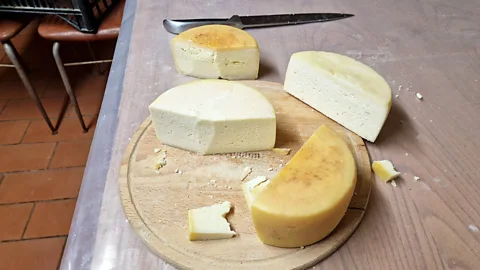
Pollino’s food heritage is as vast as its landscape. Here, you’ll find white beans from Mormanno, white onions from Castrovillari, Sila’s caciocavallo cheese, and the prized peppers of Senise. These products aren’t just ingredients—they are stories of place and time.
Base yourself in a village like Mormanno and explore the region. Enjoy antipasto platters loaded with local prosciutto and polenta covered in melted caciocavallo. Hike through wildflower-covered pine groves and finish with a traditional Arbëreshë meal in Civita—featuring pickled onions, cavatelli with ricotta and nettles, and wild boar stew.
Don’t miss dessert: krustul, a sweet fried dough with cinnamon and Pollino honey, completes the experience.
A Culinary Souvenir Worth the Journey
Before leaving, visitors often stop at cultural hubs like the Catasta Pollino museum and food outpost to take home a piece of the park. Among the must-haves:
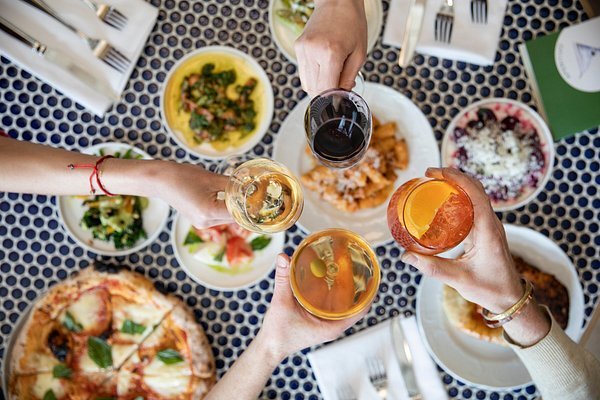
- Mormanno white beans and lentils
- Park-grown almonds and figs dipped in chocolate
- Caprino cheese wheels
- Local wines like Timpa delle Fave (white) and Gëzuar Magliocco (red)
At home, these ingredients become a bridge to the land they came from. A bean stew, spiced with garlic and peperoncino, paired with torn bread and aged cheese, is more than a meal—it’s a story told in flavor.
Why You Should Add a National Park to Your Italian Itinerary
Italy’s national parks offer more than breathtaking views. They are living, breathing showcases of regional food heritage. For travelers wondering where to find Italy’s best food experiences, skip the tourist-packed trattorias and head into the hills, valleys, and villages of its protected wild spaces.
Food here is more than sustenance—it’s memory, emotion, and identity. And in Italy, it’s where the land itself speaks most clearly through its flavors.
